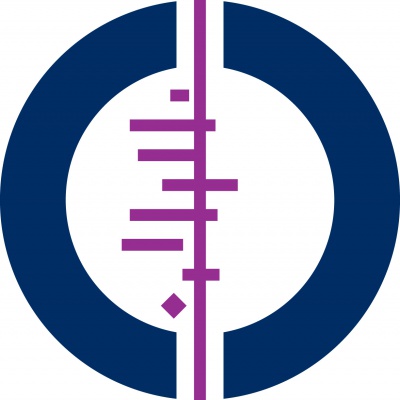Key messages
-
Having undernutrition doubles the risk of getting tuberculosis.
-
These results apply to the general adult population; the risk for other groups, such as adolescents and children, is uncertain.
What is tuberculosis?
Tuberculosis (TB) is an infection caused by a bacteria (Mycobacterium tuberculosis). It primarily affects the lungs but can also affect other sites in the body. TB spreads through the air when an infected person coughs or sneezes. Some people do not develop symptoms after infection, while others progress with the disease and develop symptoms, such as persistent cough, which may be bloody, weight loss, fever, and night sweats. After a TB diagnosis, this is called TB disease.
The diagnosis of TB disease usually involves a molecular test or culture that detects the bacteria in a bodily secretion (such as sputum) after consultation with a doctor.
TB is a major health concern globally; over 10 million people develop TB, and over 1.5 million die from the disease every year.
What is undernutition?
Undernutrition is a condition where the body does not get enough essential nutrients, affecting a person’s health. Body mass index (BMI) is a measure that takes into account both weight and height. It helps identify if someone is underweight, which is one of the definitions of undernutrition. For children, we use “weight-for-height” to assess growth. It compares a child’s weight to what is typical for their height, helping to gauge if they are thriving or facing nutritional challenges.
What did we want to find out?
We wanted to estimate the risk of getting TB disease for people with undernutrition compared to those without undernutrition.
What did we do?
We looked at studies that included people with and without undernutrition over time and compared how frequently each group developed tuberculosis.
What did we find?
We included 51 studies with over 27 million participants from the six World Health Organization (WHO) regions. Sixteen large population-based studies were conducted in China, Singapore, South Korea, and the USA, and 25 studies focused on people living with HIV, which were mainly conducted in the African region. Most studies were in adults, four in children, and three in children and adults combined. On average, the studies followed people for 3.5 years.
We found that having undernutrition doubled the risk of getting sick due to tuberculosis compared to those who had not.
What are the limitations of the evidence?
Many of the studies had some limitations. One problem was that many of them used sputum microscopy to diagnose TB in people with symptoms, which might have missed some diagnoses. More accurate methods, such as culture or rapid diagnostic tests, currently exist and would miss less TB.
How up-to-date is this review?
This evidence is up-to-date as of 3 May 2023.

